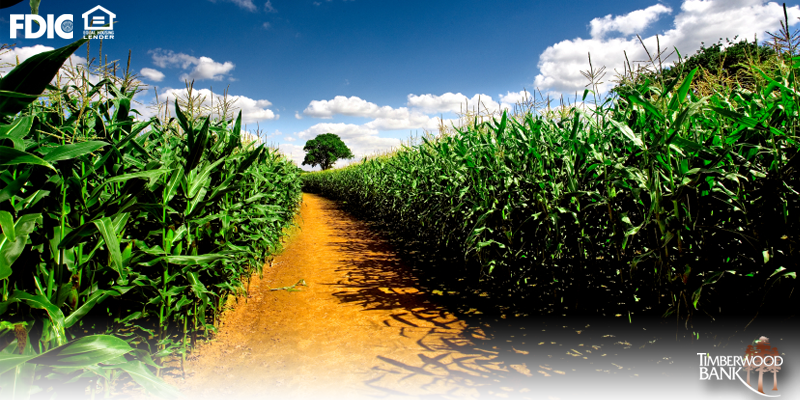
Did you know that Wisconsin produces nearly 300 million gallons of milk per month! As one of the largest dairy producing states in the country, Wisconsin’s agriculture industry is a powerful force for the economy. Like many other businesses, the agriculture operations we work with utilize our flexible financing to help make the most out of their hard-working long hours. If you’re curious what all goes into a glass of milk, see the journey below, courtesy of Timberwood Bank.
Rearing – The first stage in the process involves raising the cow. Feeding, sheltering, and caring for the animal until it reaches the appropriate age to produce milk.
Harvesting – Back before the milking machine was invented farmers would hand milk their entire dairy herd twice each day! With the average Wisconsin dairy farm raising over 132 cows… that’s a lot of milking! Now that farmers have new milking technology they can cut that time more than half, while still milking their herd twice a day!
Storing – One of the most important factors when storing milk is temperature. Milk vats of all shapes and sizes are built with refrigeration in mind, generally keeping the milk around 39 degrees. Once the transportation comes to collect the liquid, about every 1-2 days, the tanks are cleaned and sanitized before fresh milk is stored again.
Transportation – Since the milk needs to keep consistently cold, each of the tanks for transportation is heavily insulated to retain the constant cold. These tank drivers also double as accredited milk testers, ensuring that each batch received is of the appropriate grade.
Testing – Once back at the lab samples of the milk are further tested for quality and temperature before entering the processing system.
Processing – After moving through the testing, whole milk is then pumped into an automated system of pasteurization, homogenization, separation, and additional processing.
Pasteurization – Heating the milk to a consistent temperature for a period of time.
Homogenization – Using an atomizer this process forms tiny particles evenly dispersing fat throughout the milk.
Separation – Separating the milk from the cream, later mixing to the desired content.
Whole Milk: 3.25% fat Low Fat Milk: 1% fat Skim: .05% fat
Packaging – Various companies package milk differently. The one thing that all of them have is the date showing when the milk will expire.
Selling – Once packaged the milk is then ready for consumers. Time for milk and cookies!
Next time you see a farmer be sure to say thank-you!
We are proud to work with so many incredible agricultural operations in the area. If you’re getting ready for work this spring, be sure to give us a call at Timberwood Bank, we’d love to help get you started!

